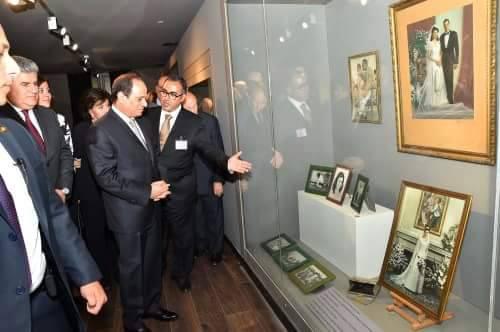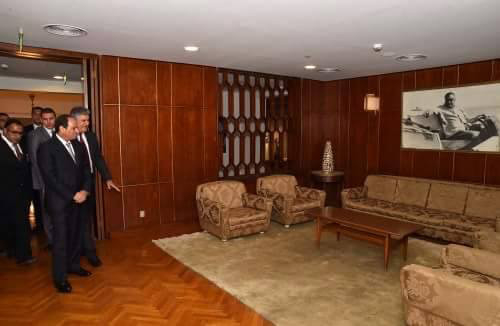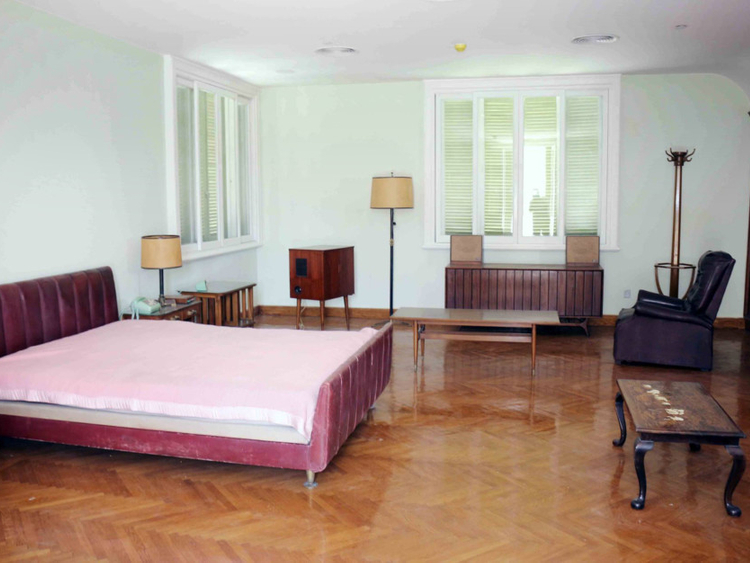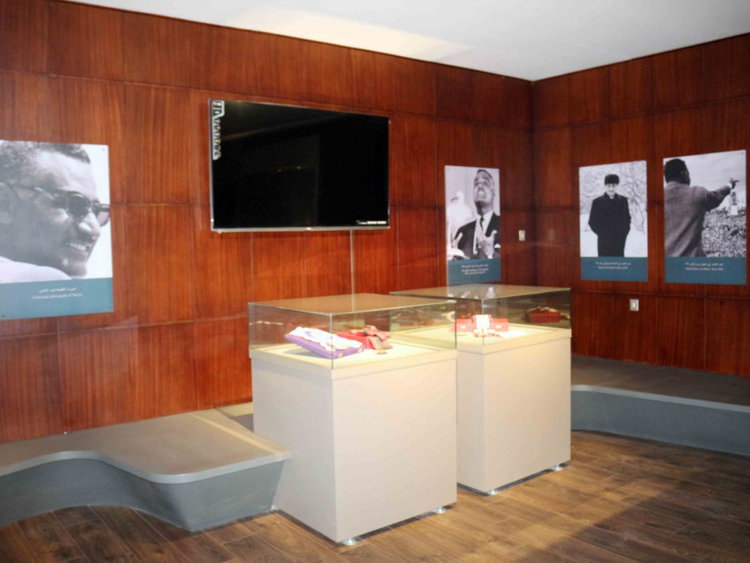
Cairo: Forty-six years after the death of iconic Jamal Abdul Nasser, his devotees have at last the chance to get a glimpse into his life. Nasser, who ruled Egypt for 14 years until his death in 1970, is credited with changing life in the country and championing Arab nationalism.
The home where he spent many years of his life in the eastern Cairo quarter of Manshiet Al Bakri has been converted into a museum.
The house on an area of 13,400 square metres was handed back to the Egyptian government after Nasser’s wife Tahia passed away in 1992.
The place fell in decline for several years. In 2008, Egypt’s then president Hosni Mubarak decreed the house become a museum in a tribute to Nasser.
This week, Egyptian President Abdul Fattah Al Sissi opened the two-floor museum that features memorabilia offered by Nasser’s family.
They include his clothes, prestigious medals conferred on him, recordings of his speeches and documents including one related to his epoch-making decision to nationalise the Suez Canal in July 1956.
Nasser declared the nationalisation of the major global waterway in a public address, a month after he became Egypt’s second president, in order to use revenues in building the High Dam in Upper Egypt.
The move angered Britain and France which together with Israel launched in October 1956 tripartite attacks on Egypt. Nasser emerged so politically victorious from what came to be known as the Suez Crisis that he became immensely popular across the Arab world.
The museum also displays a copy of a speech that Nasser delivered in June 1967, announcing his resignation as president in the wake of Egypt’s military defeat by Israel in the so-called Middle East War.
The move sent shock waves across the nation, prompting thousands of Egyptians to pour into the streets demanding him to stay in power.
Bowing, Nasser revoked his resignation and embarked on rebuilding the Egyptian army.
In 1968, he started a war of attrition against Israel, an effort seen as a prelude to the 1973 war launched by his successor Anwar Al Sadat against Israelis.
Also on display at the museum are around 170 personal photos of Nasser and his family. Visitors have access to his office, bedroom and an area where he received some of the world’s top dignitaries.
The museum sheds light on Egypt’s history since 1952 when a group of army officers including Nasser toppled monarchy in the country until his death in 1970 at the age of 52, an Egyptian culture official said.
“I am happy about this cultural accomplishment that was for long a dream for lovers of the eternal leader,” Khalid Sorour, the head of the government’s fine arts department, added, referring to Nasser.
“The display depends on multimedia including rare recordings, documentary films, keynote speeches and documents related to these events.”
The museum is open to the public for free until mid-October, Sorour said.
Nasser was noted for his charisma and riveting rhetoric that earned him a huge following across the Arab world and even beyond.
His loyalists remember him mainly for his socioeconomic policies that benefited millions of his compatriots.
His detractors, however, accuse his regime of committing massive rights abuses, muzzling free media, adopting counterproductive social policies, and embroiling Egypt in draining wars beyond its borders.
















